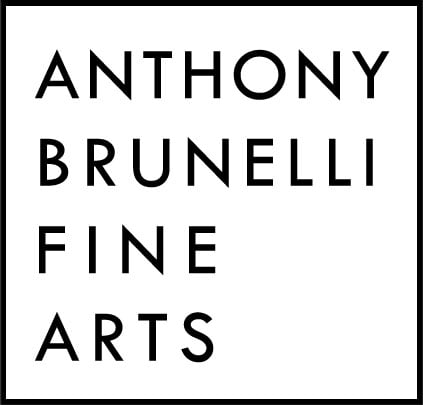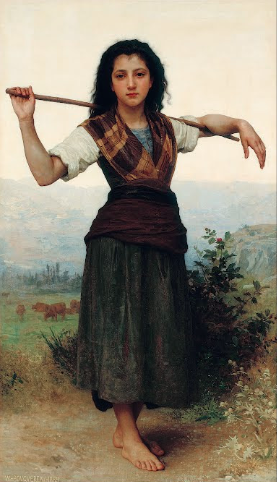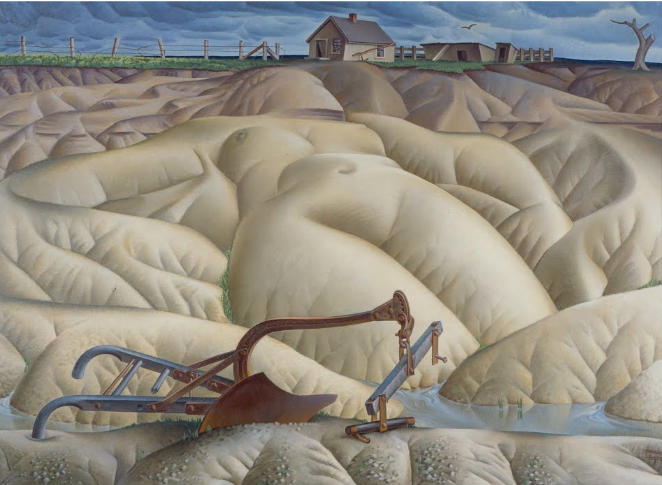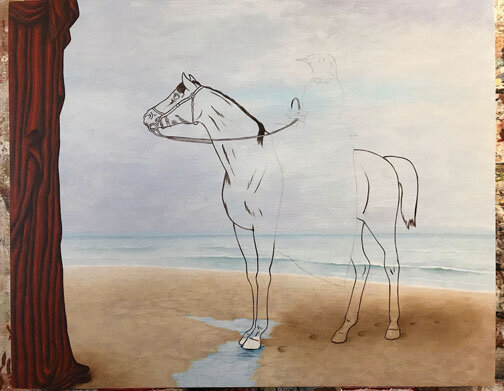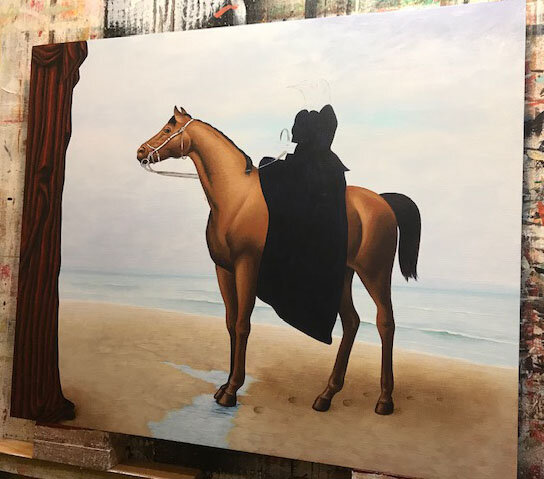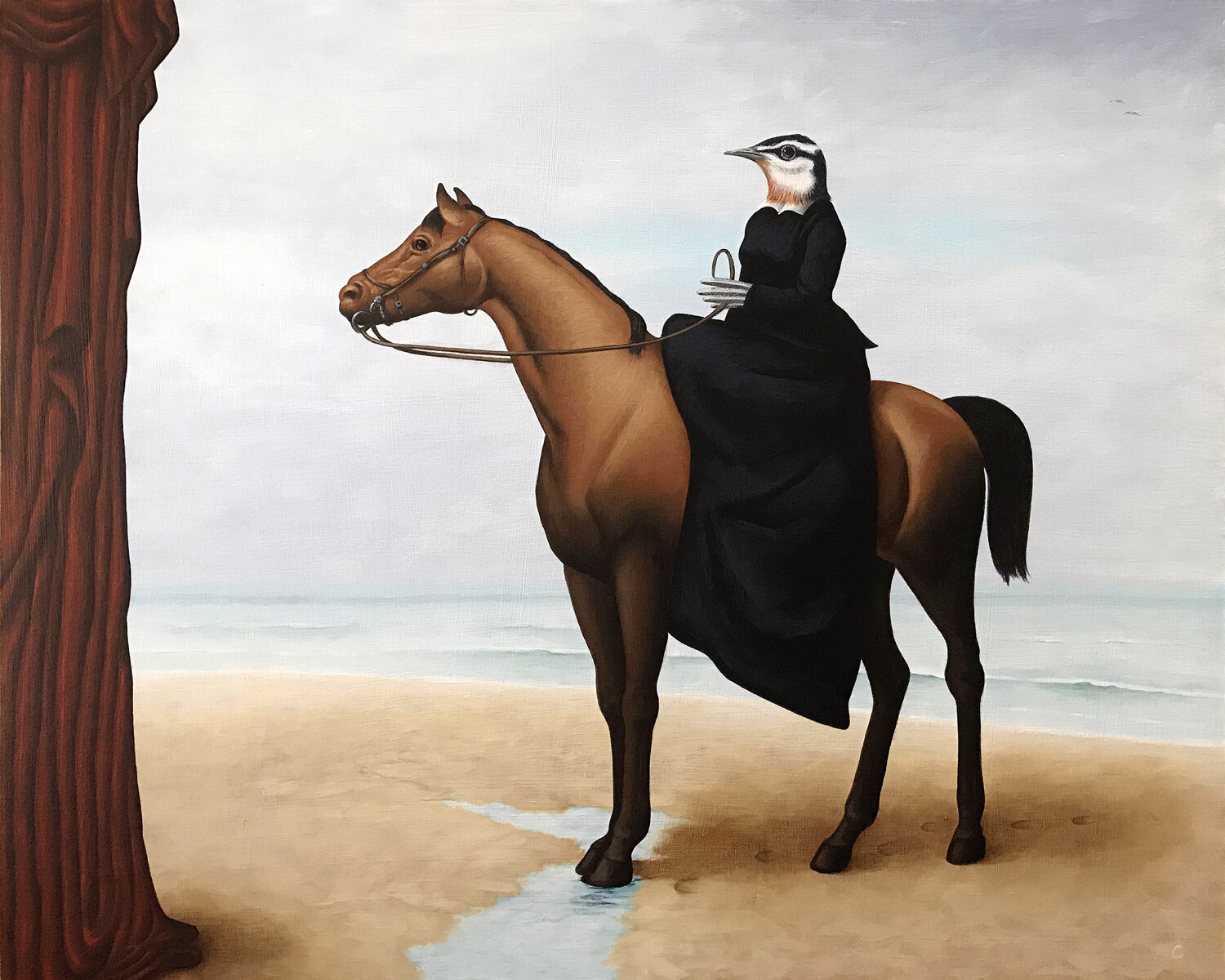In our latest Artist Insights, Steve Carver details his artistic process from childhood inspiration to the making of Mary on Biscuit, By the Sea.
Steve Carver placing the finishing touches on Mary on Biscuit, By the Sea in his studio
Before discussing specifics relating to Mary on Biscuit, By the Sea, it might help to talk in some limited detail of my influences and inspirations. Even though we artists aspire to originality, all of us living in the modern world have stood on the shoulders of giants, truth be told.
Even though the number of artists I’ve been inspired by is great, there are two paintings that I can point to as the beginning points of my desire to become an artist; they are both housed in the same museum. Philbrook, in Tulsa, Oklahoma where I grew up, is a beautiful Italianate mansion donated to the city in the 1920s. That is where I first saw “The Shepherdess” by William-Adolphe Bouguereau, and “Erosion No. 2, Mother Earth Laid Bare” by Alexandre Hogue. Though very different pictures with very different objectives, they both captured my imagination and instructed me as to the value and power of art.
Of course those two works were only the beginning. A brief and very selective list of artists whose work continues to inspire me includes: the great poster artist (and personal mentor) Paul Davis, Joseph Cornell, Paul Cadmus, the Surrealists Max Ernst, René Magritte, Hans Bellmer and Wifredo Lam, Otto Dix, Saul Steinberg, Dutch painters David Bailly and Jacob Duck, Dadaist and prankster Marcel Duchamp…too many to list here.
Now to the painting “Mary on Biscuit…” that I’m working on here; it features a recurring personage in the form of an avian-headed figure “Mary”.
Like a play or film where different actors are hired to play a single person over time, she (or sometimes HE), moves from scene to scene across paintings that have the aspect of a dream. The person viewing the painting gets to interpret that dream any way they wish.
Which raises the issue: do I consider myself a “surrealist”? The short answer is NO; that term implies reliance to a great extent on automatism and a depth of adherence to strict principles that, to me, are outmoded. I do use dream-inspired imagery and a sense of play in designing my paintings, but I live in the world of today, not Paris of the 1930s. I suppose my pictures could be described as collages executed with paint rather than with paper, scissors and glue.
I also like to give myself challenges as I go from one painting to the next; I hope this gives each picture a unique aspect even if it’s part of a series. When it comes to this featured painting of “Mary”, I realized I’d never attempted an equine portrait before, so that’s how she has landed on horseback, and at the seashore.
